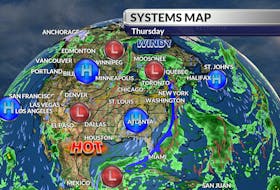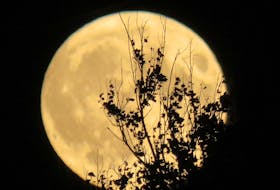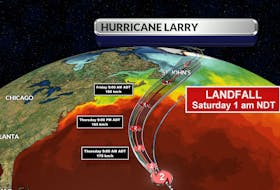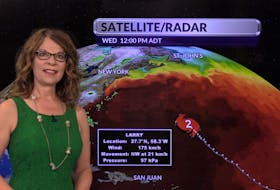There is an old German poem that goes:
"If Candlemas be fair and bright,
Winter has another flight.
If Candlemas brings clouds and rain,
Winter will not come again."
The Scottish version is very similar to the German poem:
"If Candlemas Day is bright and clear,
There'll be two winters in the year."
There is no real mystery to the forecast. If the sun is shining when the groundhog emerges from his burrow, he will see his shadow and be scared back inside. This means winter will continue for six more weeks. If the morning of February 2 is cloudy, there’ll be no shadow, and the groundhog will stay out, marking an early spring. But, where does the term Candlemas come from?
Candlemas Day is a Christian feast commemorating the presentation of Jesus at the holy temple in Jerusalem. On that day, all the candles that would be used during the coming year were brought into the church, and a blessing was said over them. So it was the Festival Day (or 'mass') of the Candles.
How did it get from the alter to the field?
Germans developed their take on the feast day, pronouncing the day sunny only if badgers and other small animals glimpsed their shadows. When German immigrants settled in Pennsylvania in the 18th and 19th centuries, they brought the custom with them and chose the native groundhog as the annual forecaster.
The first official Groundhog Day celebration took place on February 2, 1887, in Punxsutawney, Pa. It was the brainchild of local newspaper editor, Clymer Freas, who sold a group of businessmen and groundhog hunters - known collectively as the Punxsutawney Groundhog Club - on the idea.
Phil might be the first and most popular prognostication rodent, but he is not the most accurate. The four-legged creature only has a 39 per cent accuracy, according to Stormfax Almanac's data. Phil sees his shadow about 85 per cent of the time.
How accurate are “our” rodents?
According to a Canadian study examining the past 30 years, our groundhogs are only accurate about 37 per cent of the time. Those numbers don't take away from the excitement of the big day as the adorable furry forecasters emerge from their burrows.
Now, in full transparency, today is not my favourite day of the year - perhaps I’m a little envious. I, too, would like a gig where I forecast the weather one day of the year and get that kind of attention.
Last week, I warned the rodents of an impending Groundhog Day storm. It would not be the first. Be safe today and come back tomorrow for a look at a couple of historic weather events that stole the groundhog’s thunder.
- Want more weather information? Visit your weather page.
- Have a weather question, photo or drawing to share with Cindy Day? Email [email protected]
Cindy Day is the chief meteorologist for SaltWire Network









